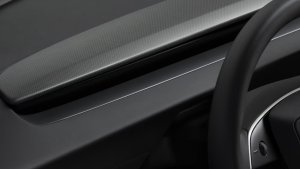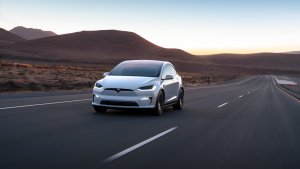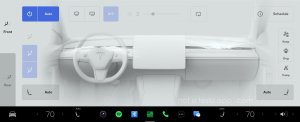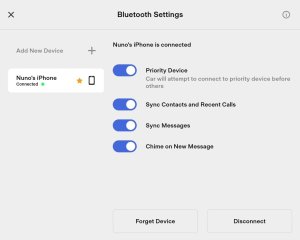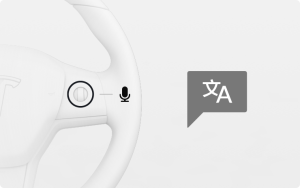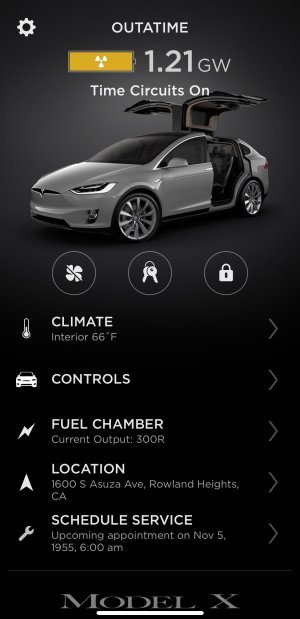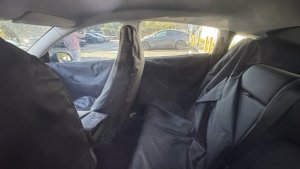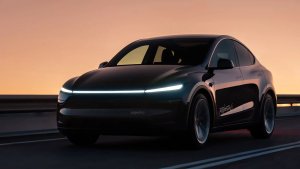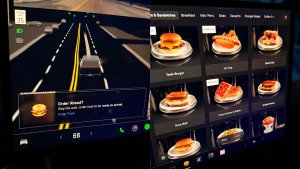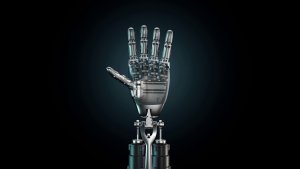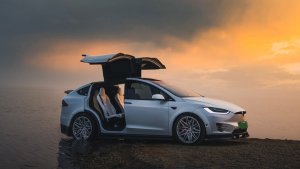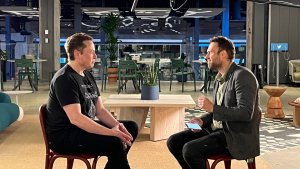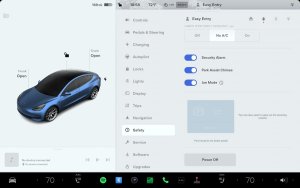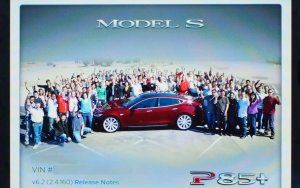Lars & Elon Discuss the Future of Tesla: Roadster, Cybercab, Robotaxi, Optimus and More
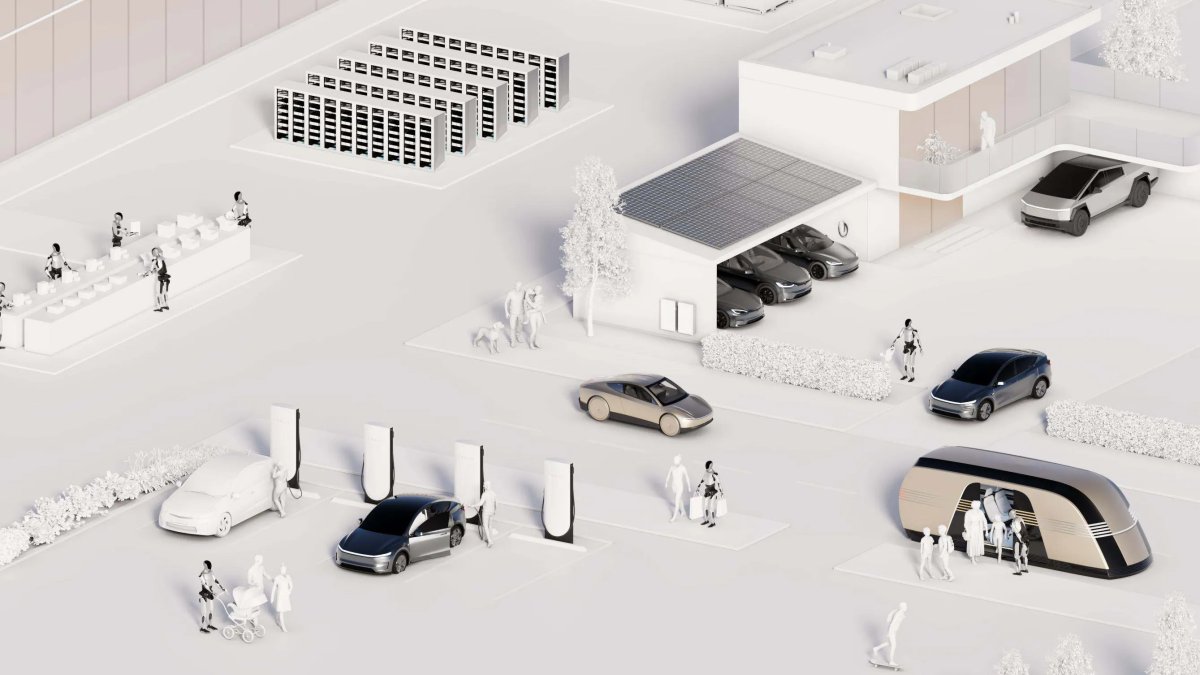
At the recent X Takeover event this past weekend, two of Tesla’s most important leaders gave in-depth interviews that provided a unique view into Tesla’s path forward and how everything comes together internally.
An interview with Elon Musk laid out the grand vision for Tesla and his other companies, focusing on the ambitious “what and why.” Later, Head of Vehicle Engineering Lars Moravy provided the more grounded, engineering-focused “how,” detailing the immense work it takes to turn the vision into a reality.
What emerged from these conversations was a clearer picture of Tesla’s strategy: a relentless, long-term vision for the future of transportation, AI, robotics, and energy, supported by a world-class engineering team capable of developing the processes to turn these products into a reality.
Robotaxi & Cybercab
For years, the concept of Unsupervised FSD, as well as Robotaxis, has been the focal point of Tesla’s future. In his interview, Elon provided fresh details on the way they expect the business model to work. Tesla plans to operate a fleet where some vehicles are company-owned, while others are owned by customers. This is essentially a combination of Uber and Airbnb, taking a bit of a hybrid approach between the two different styles.
He also went on to confirm that the purpose-built, two-seater Cybercab would complement, but not replace, Tesla’s existing models. This is key, because many have thought that Tesla would end their consumer vehicle sales or drastically reduce them as they transitioned to an AI services company, and became less of a car company. Now, it seems we know that they’ll have a lasting stake in personal car ownership.
The Cybercab, which is a revolutionary vehicle without driver controls, requires an equally revolutionary process to build it. In his interview, Lars Moravy provided the answer and detailed the unboxed manufacturing process that Tesla has been developing.
The unboxed method challenges a century of established automotive assembly by breaking the vehicle down into smaller, parallel sub-assemblies, allowing more work to be done simultaneously. The goal is to drastically shorten the main assembly line, enabling vehicle sections to be built in parallel and come together at the end.
Lars also noted that Tesla has already done the initial batch of crash testing for the Cybercab prototypes, and the vehicle has passed with flying colors. This isn’t surprising for Tesla, which integrates vehicle safety right into the structure of the vehicle, building castings that transfer force away from occupants.
The Semi
While Elon’s interview focused on some of his grander ambitions like Mars colonization, Lars provided some tangible updates on two of Tesla’s most anticipated vehicles.
On the Tesla Semi, Lars confirmed that progress is well underway at the Semi factory in Reno, Nevada. After years of focusing on engineering prototypes to ensure the reliability of a commercial workhorse vehicle, Tesla is now expected to ramp up production by the end of 2025, continuing through into early 2026. The business case for the Semi is crystal clear - build a no-brainer choice for shipping and logistics companies, who need to weigh the initial buy-in and infrastructure costs against operating costs per mile.
The Semi, just like other EVs, absolutely trumps diesel trucks in cost per mile, due to lower energy costs and less maintenance. However, the somewhat hidden advantage here is that truck drivers drastically prefer to drive the Tesla Semi over other diesel trucks, citing things such as better visibility, a smoother ride, and easier driving. These are advantages that could lead to improved employee retention and easier driver recruitment.
Meanwhile, the Semi simply needs to have infrastructure installed at the starting and ending locations for major delivery companies, enabling end-to-end supply chain handover.
The Roadster
Lars also talked about Tesla’s upcoming Roadster, confirming that it’s still in development, with the team preparing for a mind-blowing demo sometime soon. Elon previously hinted at this demo during a visit to the Tesla Design Studio, where he said a mind-blowing demo would be coming by the end of the year.
The goal for Tesla is to make it the last, best driver’s car before the world begins transitioning to full autonomy. Lars also touched on one of the biggest challenges with the Roadster. There is an immense engineering challenge being taken on now - and it's the SpaceX package. This package is set to use cold-gas thrusters to push the Roadster past what is conventionally possible. In fact, just as Elon has previously mentioned, the Roaster may be able to “fly a little.”
Last, best driver’s car
Lars Moravy
You can watch the full interview below. Lar’s portion on the Roadster starts at 26:30.
Optimus: Sustainable Abundance
One of the most ambitious parts of Elon’s vision is the Optimus humanoid robot. He has stated his belief many times that the robotics business could be many times more valuable than Tesla’s entire automotive business, and if it works as planned, it definitely will be.
The current Optimus V3 design is intended for volume production, with Elon foreseeing a future market of billions of humanoid robots - not made just by Tesla, but the market as a whole. That many units could simply eliminate human poverty and usher in an age of sustainable abundance.
That grand vision is built on top of the manufacturing and automation expertise that Lars’ team is pioneering every day. With volume production of Optimus to begin next year, and real work already being done in Tesla’s factories, we may see humanoid robots making a real impact on the lifestyle and livelihood of people within the next few years.
The Unfair Advantage: Getting Sh*t Done
All of these ambitious ideas and products are enabled what what is perhaps Tesla’s true sauce - its unique internal culture of getting sh*t done. Lars’ interview provided us with a rare look inside to see just how it all comes together.
He described working with Elon as unique - the discussions are grounded in physics, and Elon trusts his teams to turn his dreams and ambitions into reality. This, in turn, creates a culture of mutual respect and high expectations.
The collaborative spirit extends to the relationship between engineering and design, which Lars described as highly unusual for the auto industry. Rather than the two teams being hostile to each other, they work together to make bold design and engineering choices, like the Cybertruck, into reality.
Underpinning all of this is what Lars himself calls Tesla’s superpower: in-house automation and manufacturing engineering teams. These teams work to design the machine that builds the machines - innovating and solving problems at a level and speed that is simply not possible when relying on external vendors.
This combination of a relentless long-term vision, alongside a first-principles engineering culture, allows Tesla to take big risks and make big plays that define its future path. While all of Tesla’s timelines are ambitious, these interviews make it clear that the ambitious vision is paired with a concrete and innovative plan for execution.











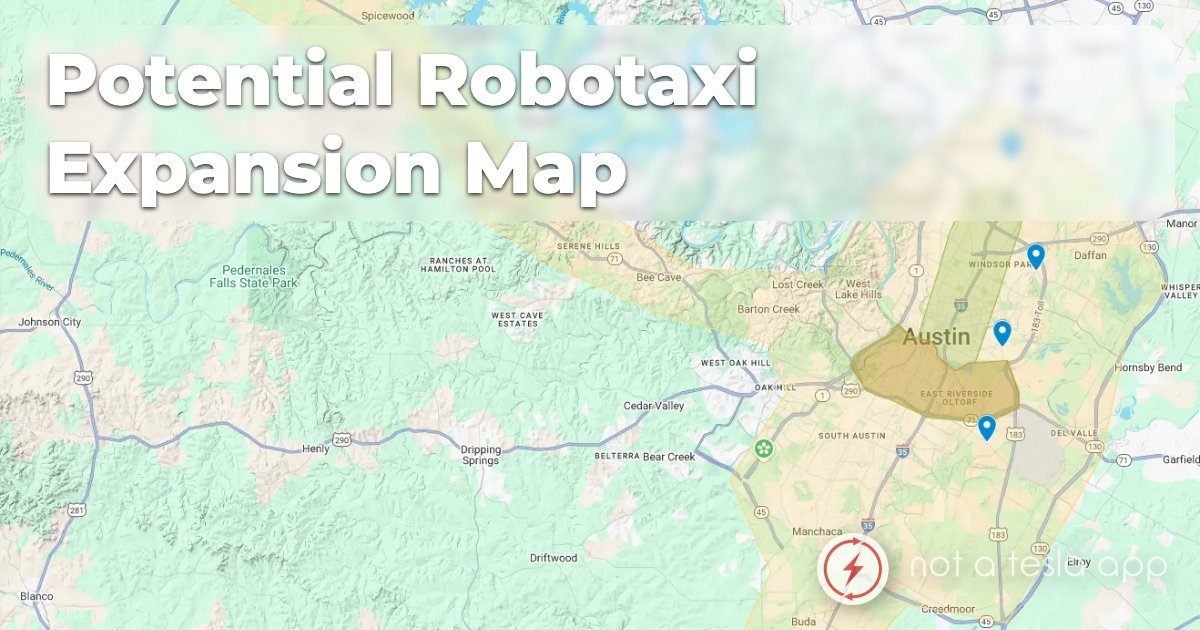
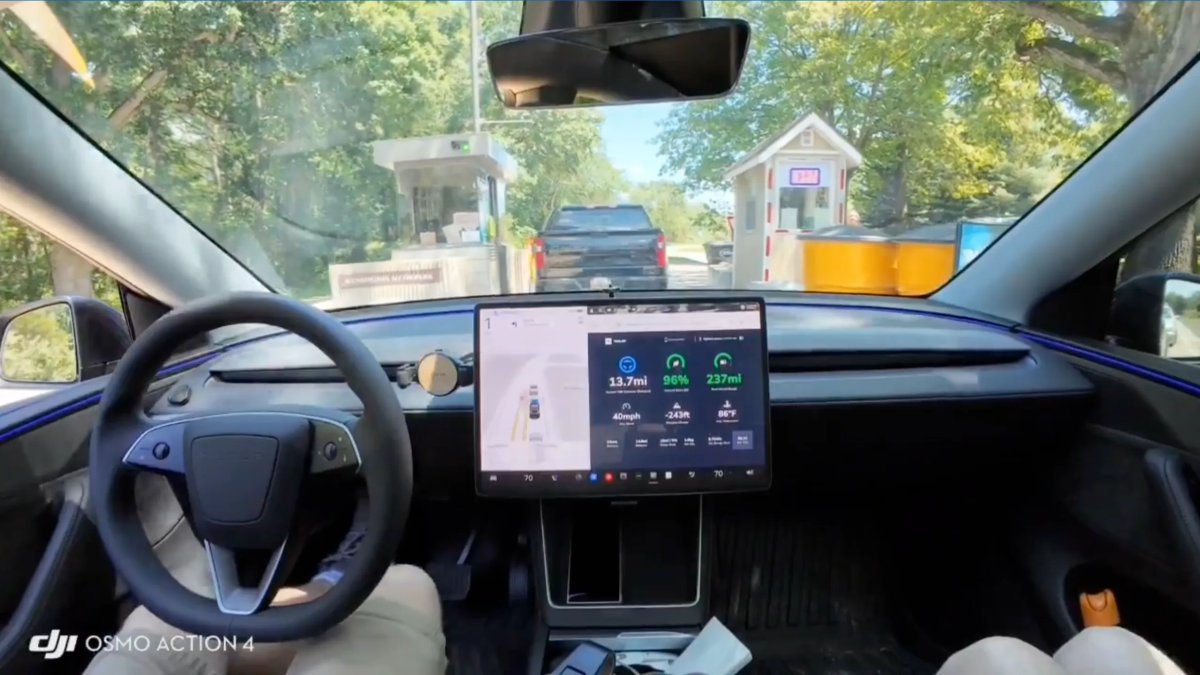
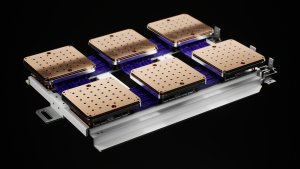

![No Driver Needed: Tesla FSD Stops at Toll, Waits for Driver to Pay and Takes Off Again [VIDEO]](https://www.notateslaapp.com/img/containers/article_images/fsd-beta/fsd-toll-booth.webp/57e008aff60c6c1e998e304eca200cda/fsd-toll-booth.jpg)
